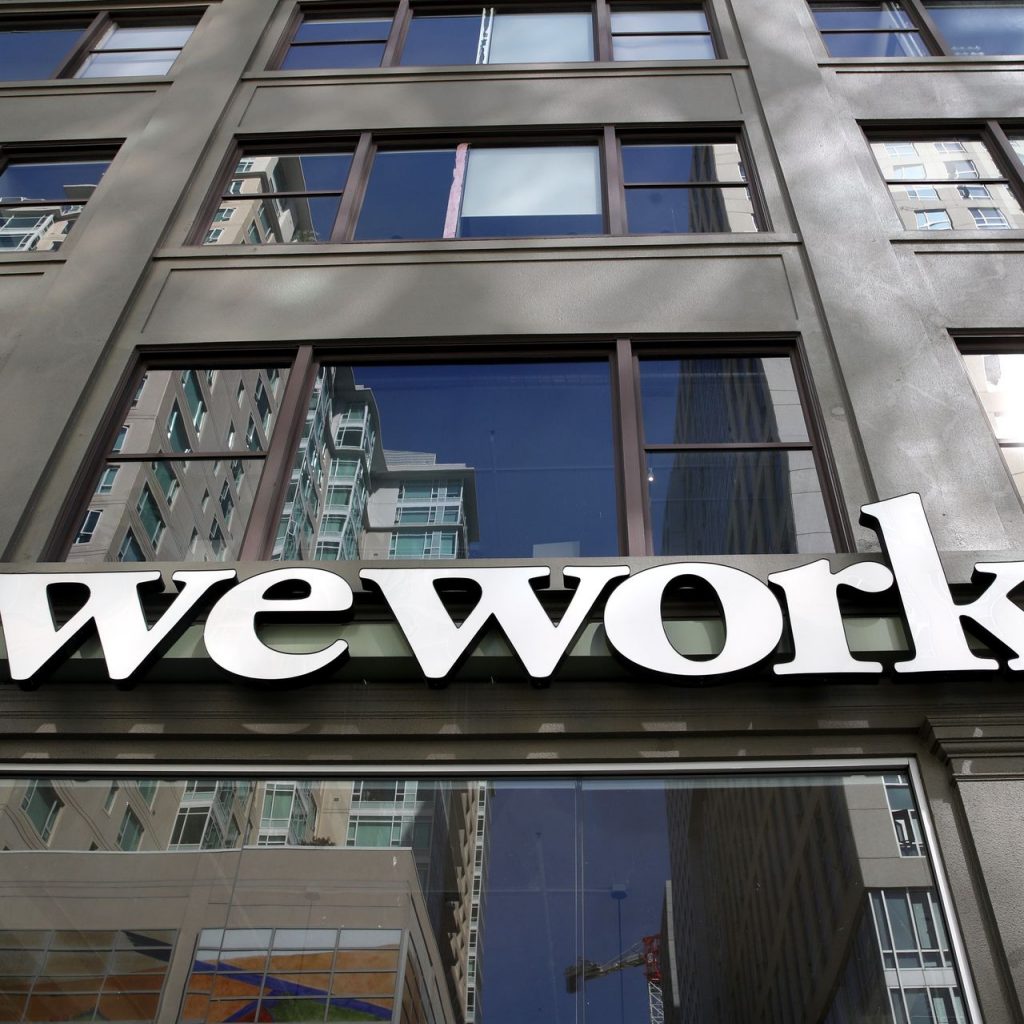“Remember everything is right until it’s wrong. You’ll know when it’s wrong.”
The above quote from Ernest Hemingway in The Garden of Eden reminds us of today’s housing stocks and what they indicate for the broader economy going forward.
Residential housing market investment activity makes up about 5% of the country’s GDP. This activity includes things such as construction spending, residential construction, and new & used home sales.
So when housing stocks begin to falter, it’s time to fasten your seat belt and prepare for the downhill ride. And that’s exactly what’s beginning to happen.
According to the Harvard Business School there are four stages to the cycle of the housing market:
- Recovery – Declining vacancies and no new construction
- Expansion – Declining vacancies and new construction
- Hyper-supply – Increasing vacancies and new construction
- Recession – Increasing vacancies and more completions
The boom and bust of the housing market is remarkably predictable – up to a point, at least. Here’s a look at the intervals in the construction cycle since 1978:
- 1978 – 6 years
- 1986 – 8 years
- 2006 – 20 years
- 2018?
It’s foolish to try and time the market, especially when global central banks intervene with quantitative easing and negative interest rates.
Unless one has money to burn, you’re better off trying to beat the odds in Las Vegas than to try and buy at the very bottom of the market and to sell at the very top of the market.
What’s not foolish is to recognize the historical trends and to monitor leading economic indicators such as housing stocks.
The XHB Homebuilders ETF is something that we pay very close attention to. Over the past three months this ETF has declined by about 17%.

That’s a pretty significant drop in a very short period of time and well below the average for the entire S&P.
There are a number of factors that affect the health of the housing market, and of the overall economy. Rising interest rates, import tariffs on aluminum, steel and lumber, and wage inflation are all beginning to appear at the same time.
As we’ve previously written, now is not the time to take on additional investment risk. Rather, now is the time to take a step back, invest your money cautiously, and watch how the game plays out.




